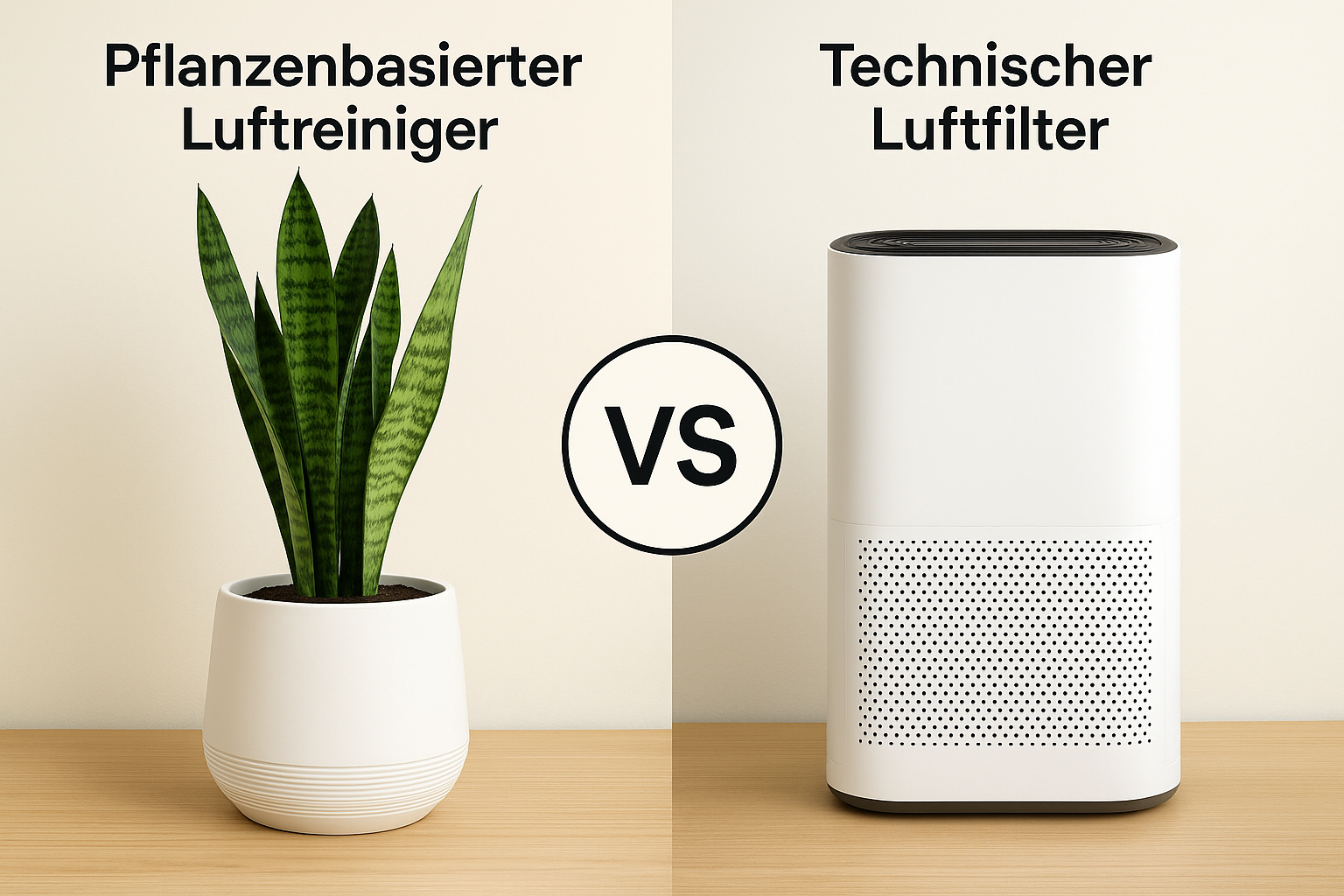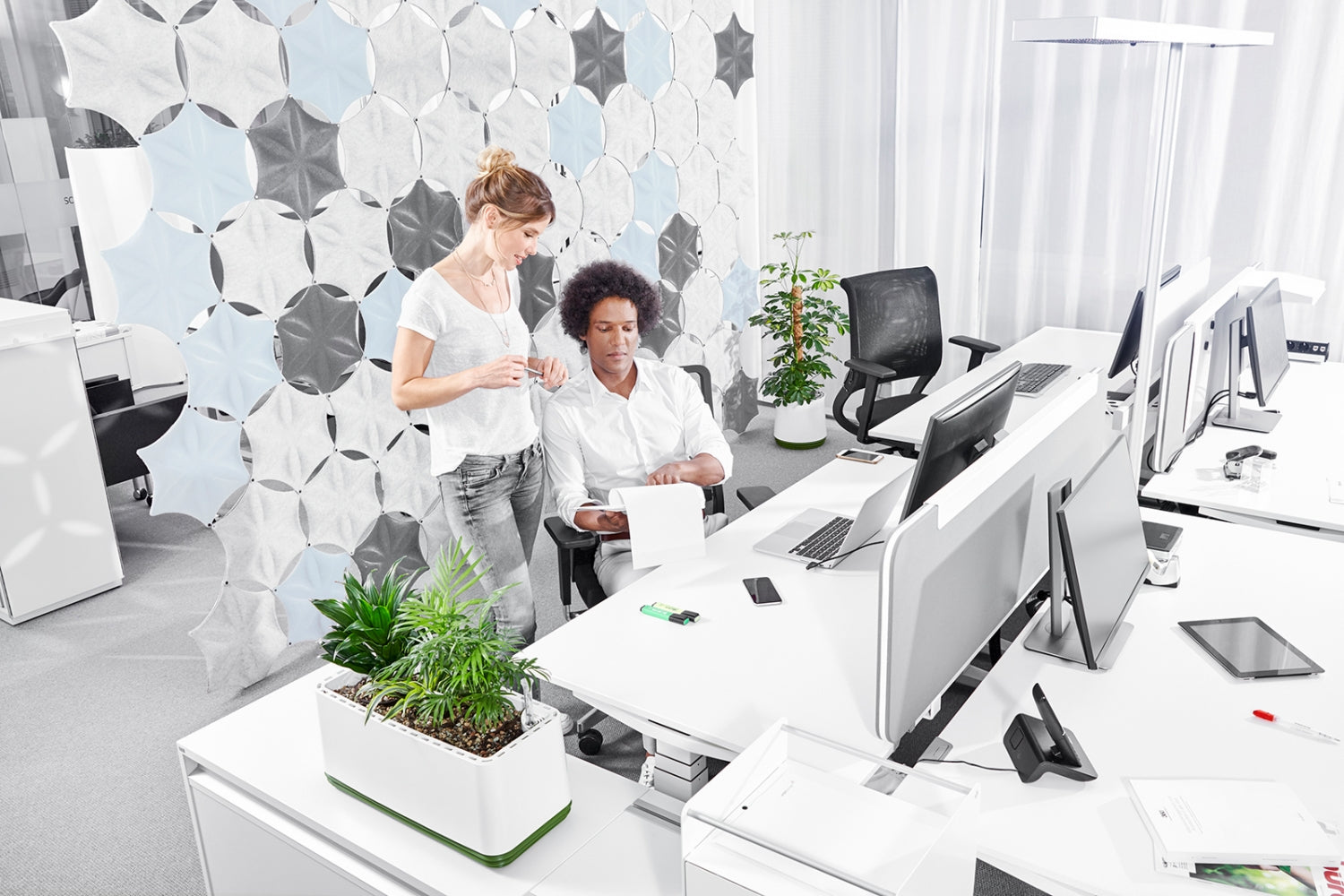Green offices increase well-being, improve air quality, and promote productivity – this is now well proven. But how do you actually bring plants permanently into the company? Should companies buy or rent office plants? What is more sustainable, cheaper, or more practical?
In this article, we compare both models – and show who benefits most from renting plants.
Buying plants – classic, but maintenance-intensive
Buying plants is usually the first impulse: You select suitable plants, buy them, and place them in the office. Sounds simple – but it also has its pitfalls.
Advantages
- One-time acquisition costs
- Wide selection in retail or online trade
- Ownership = free use & no contractual relationship
Disadvantages
- No professional advice or placement
- Maintenance effort lies with the company itself
- Dried out or over-fertilized plants → additional costs
- No replacement in case of pest infestation or disease
- Repurchase and replacement often uncoordinated
> Buying plants is especially worthwhile when there is internal time & know-how for care – or with very small, manageable quantities of plants.
Rent office plants – sustainable, flexible & low-maintenance
Renting plants works similarly to a leasing model:
A provider supplies selected plants including plant containers – and takes care of maintenance, replacement & consultation.
A special advantage of modern plant systems: they are significantly easier to care for than conventional potted plants. Thanks to integrated water tanks like those in AIRY systems, it is often enough to water every few weeks – daily or weekly watering intervals are eliminated. This saves not only time but also costs for external watering services or elaborate plant care.
Advantages
- No acquisition costs
- Full service possible – but not necessarily required
- Easy care through long-term irrigation systems
- Flexibly scalable (e.g. with office expansion)
- Monthly calculable costs (tax deductible)
- Sustainable: plants are cared for instead of replaced
Possible disadvantages
- Longer-term commitment (depending on contract)
- No ownership of the plants
- Monthly costs (instead of one-time payment)
Comparison: plant purchase vs. plant rental
| Criterion | Purchase | Rental |
|---|---|---|
| Costs | One-time, variable | Monthly, plannable |
| Care | Self-organize | Minimal at water tank |
| Flexibility | Low | High (scalable, replaceable) |
| Expertise needed? | Yes | No |
| Risk of Failure | High (in case of care errors) | Low (replacement possible) |
| Room Air Purification | Low to incidental | Possible with suitable systems |
When is what worthwhile?
| Situation | Recommendation |
|---|---|
| Small Team, Plant Care Possible | Purchase |
| Open-plan Office without Care Capacities | Rental |
| Flexible Workspaces / Desksharing | Rental |
| Focus on Employer Branding & Atmosphere | Rental |
| One-time presentation / event | Rental (short-term) |
Whether purchase or rental: those who use plants strategically benefit.
Plant rental offers many advantages, especially for dynamic or fast-growing companies. Low-maintenance systems with integrated water tanks reduce effort to a minimum – without the need for expensive external care services.

Elisabeth and Peer-Arne Böttcher will be happy to advise you on selecting the right indoor greening for you.
Request an offer for indoor greening now

The author: Peer-Arne Böttcher
Peer is the founder of AIRY and passionate about the topic of healthy indoor air. For many years, he has been intensively engaged with the scientific foundations and technical possibilities of how our breathing air can be sustainably improved – completely without chemicals, filters, or electricity.



